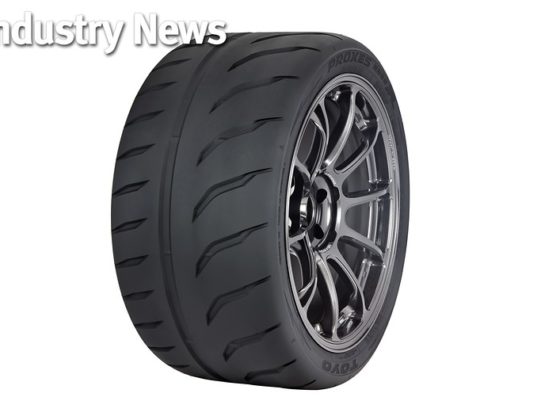
Building the Naturally Aspirated Honda K Engine! Part 4- Burns Header and Tuning
If you have been following our previous articles of our build of the naturally aspirated K24, we built the engine with the objectives being to build an engine that could run reliably in a high downforce, high grip chassis, have a wide powerband and run on California 91 octane pee water gas.
We had completed our assembly of the engine using parts from JE Pistons, Drag Cartel, Supertech, King Racing Bearings, K1 Technologies, Daily Engineering, ATI Dampers and ACT Clutches. With the basics of the engine all done, it was time to fit the K24 into the Atom Chassis and get her running.
Read Part One Here!
Read Part Two Here!
Read Part Three Here!

The first issue was that the bigger plenum RBC intake manifold was running into one of the Atom's chassis cross members. Chris cut the tube for clearance then reinforced the cut away section and added a plate gusset to close the tube off.







6 comments
Great series. I guess you weren’t making enough power to warrant a closed deck?
Yes, its a naturally aspirated engine so no need for a closed deck.
Nice! Over 300hp out of a sewing maching size engine. Only thing missing is some video of the car on track.
15inHg of vacuum? That’s more than 7psi, was it not 15inH2O or 15kpa?
I would take those HP #s more serious if they weren’t for churche Dyno.. it’s been knows for years their Dyno read high. Very high… 50hp plus.
Multiple car have Dyno there and at other Dyno to prove church read high..
Not anymore they have been using a different calibration for a few years now and their numbers are in between our dyno and a typical dynojet.